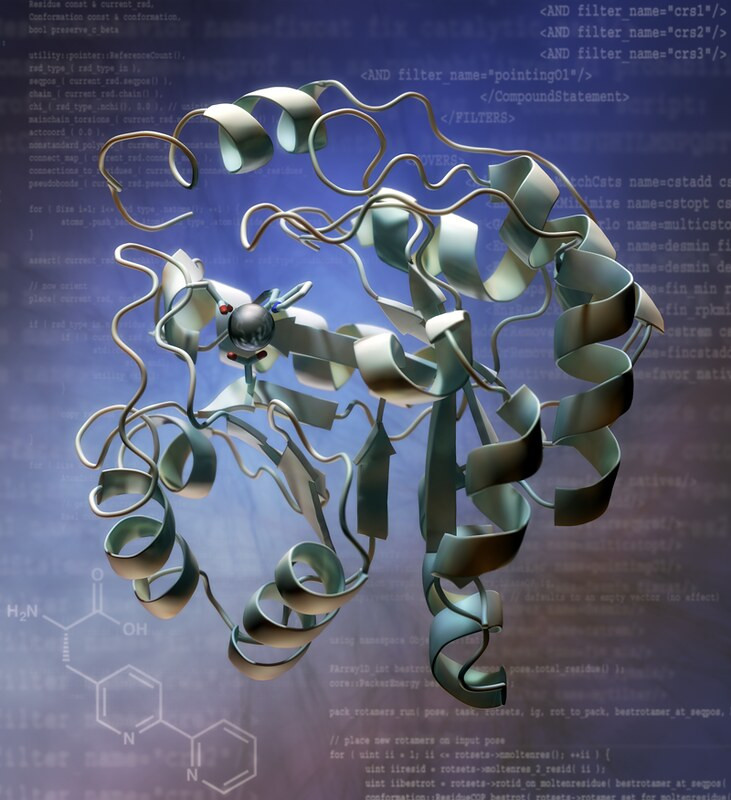
Omic sciences and their role in drug discovery

Omics is an English neologism used in molecular biology as a suffix. This term usually refers to the study of a large set of biological molecules of the same type, usually to obtain information on the physiological state of the cell or organism under study.
Scientific disciplines are becoming more and more precise thanks to the rapid evolution of research techniques and methods, including this global study of genes, proteins, metabolites and other molecules. The development of new software adapted to the analysis of very large data sets has helped this evolution. These are some of the omic-based sciences most related to the rare diseases biomedical research:
- Genomics: comprehensive study of the functioning, content, evolution and origin of genomes. This omic science integrates knowledge from other disciplines, such as molecular biology, biochemistry, computer science, statistics, mathematics, physics, etc. It was the first omic to acquire scientific relevance after the publication of the Human Genome. Nowadays, genomics has a fundamental a role in the search for new treatments or in rare disease diagnosis.
- Functional genomics: Study of the functions and interactions of genes and proteins. Unlike genomics and proteomics, functional genomics focuses on the dynamic aspects of genes, such as transcription (the conversion of DNA to RNA), translation (the conversion of RNA to proteins), protein-protein interactions, as opposed to static aspects of genomic information such as DNA sequence or structure.
- Proteomics: Study of the proteome, which the entire set of proteins produced by an organism, at a specific time. We can study what is a proteome like in a pathologic situation compared to that of a healthy cell or organism, or we can see what happens to a proteome when administering a drug, for example.
- Transcriptomics: Study of the transcriptome, which is the set of RNA molecules present in a cell or organism, including mRNA, rRNA, tRNA and non-coding RNA (DNA that is not translated into proteins but has essential regulatory, structural or signalling functions).
- Metabolomics: Study of all the chemical processes involving metabolites. It is especially useful in metabolic diseases, such as mucopolysaccharidoses or phenylketonuria.
- Epigenomics: Study of the complete series of epigenetic modifications in the genetic material of a cell, known as the epigenome. Epigenetics studies all those non-genetic factors that intervene in determining the development of an organism and that intervene in the inherited regulation of gene expression without implying a change in the nucleotide sequence. Thus, epigenetics is the set of chemical reactions and modifications that alter and regulate the activity of DNA but without changing its sequence. It is a very active field in cancer research.
- Pharmacogenomics: Study of the effect of variations in the human genome produced by the administration of drugs. This field is essential in the investigation of rare diseases.
- Interactomics: Study of the interactions between proteins and other small molecules within a cell and the consequences of those interactions.
All these disciplines of biology are becoming increasingly important in the development of innovative drugs for those diseases with a genetic basis or related to metabolic processes, facilitating the development of stratified or personalized medicine, undoubtedly a glimmer of hope for many patients and families.
